Exploring the beautiful landscapes of the Czech Republic? Keep in mind the presence of dangerous animals in the Czech Republic! Amidst the historical wonders of Prague and other cities, this guide sheds light on the wildlife risks you might encounter. Stay informed and prioritize wildlife safety for a secure and enjoyable visit.
Table of Contents
Why visit the Czech Republic?

The Czech Republic stands out as a unique destination, boasting a rich tapestry of historic places, diverse cultures, captivating architecture, delightful cuisine, and a plethora of fun activities. If you plan your visit during the coldest months—January, December, and February—you’ll witness a breathtaking transformation as snow blankets the mountains, occasionally gracing the lowlands and cities.
This winter wonderland offers a unique perspective on the country’s beauty. Remarkably, the Czech Republic is ranked 21st among the world’s most environmentally conscious countries. The regional government has invested considerable effort in conserving diverse fauna and flora, solidifying the country’s position as one of the best tourist destinations globally. However, it’s important to be aware of potentially encountering dangerous animals during your trip to the Czech Republic.
Eurasian Beaver
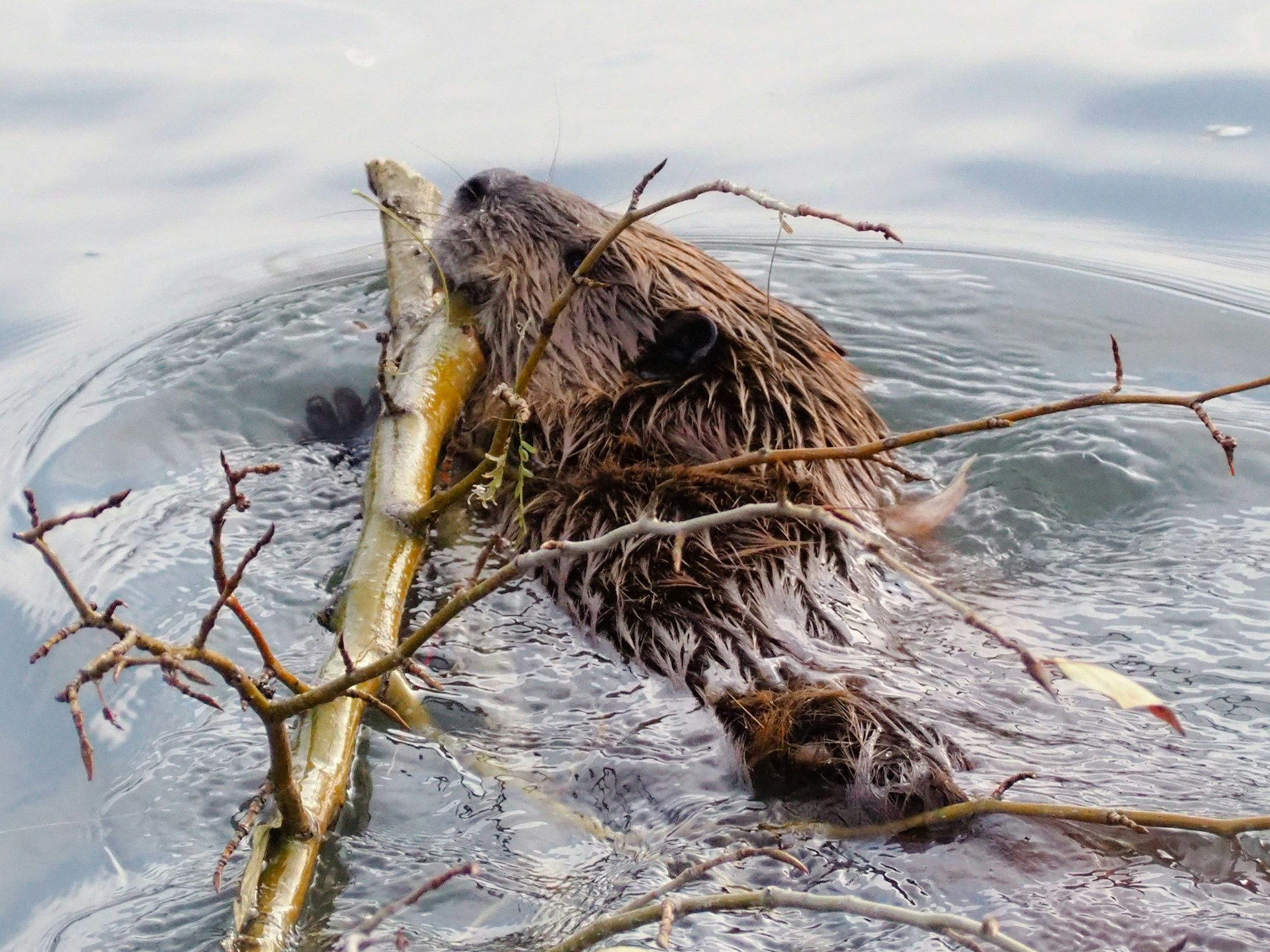
The Eurasian beaver is a common sight in the Czech Republic, particularly in deep forests and national parks. Once widely spread across Europe, their numbers have increased due to government interventions aimed at protecting the species. While not aggressive, these birds carry high levels of bacteria, pathogens, and viruses, posing potential risks to humans. When observing them in the wild, maintaining a safe distance is crucial to avoid exposure to their droppings.
European Jackal

The European jackal, native to southeastern Europe and the Anatolia region, has rapidly spread across the continent, colonizing more areas. With the decline in the gray wolf population, European jackals, which often carry rabies bacteria, have seen an increase. Caution is advised to prevent the transmission of dangerous diseases, and maintaining a safe distance is essential.
Chamois
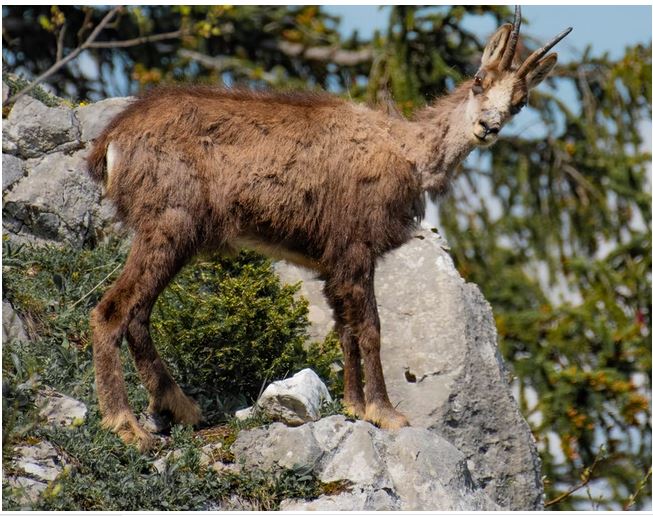
The Czech Republic offers a unique encounter with chamois, a crossbreed of normal goats and antelopes native to the mountains. Found in the hills, these creatures can be dangerous, especially during their rutting period or when with their young. Males lead solitary lives, while females prefer larger groups. When nursing young, chamois can be aggressive, emphasizing the importance of keeping a safe distance.
Carpathian Wisent
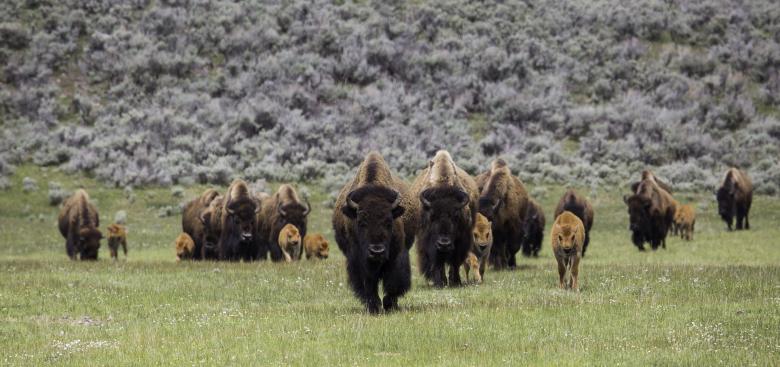
The Carpathian Wisent, a subspecies of the European bison, inhabits the Carpathian Mountains in the Czech Republic. Standing at 6 feet tall and weighing around 3000 pounds, these large animals possess sharp horns used for defense. Highly territorial, they move in groups, and caution is essential when exploring their habitats. Aggression, particularly when with young ones, underscores the need to maintain a safe distance due to their impeccable sense of smell.
Moose

Encountering the moose is a possibility during a trip to the Czech Republic. As one of the largest elk species, they grow up to 1.5 to 2 meters tall, featuring sharp horns. While not inherently aggressive, they may attack when threatened, especially during mating season or when with their young. Found in forests and mountainous regions, it’s crucial to exercise caution and avoid close encounters, considering potential threats from these large creatures.
Eurasian Lynx
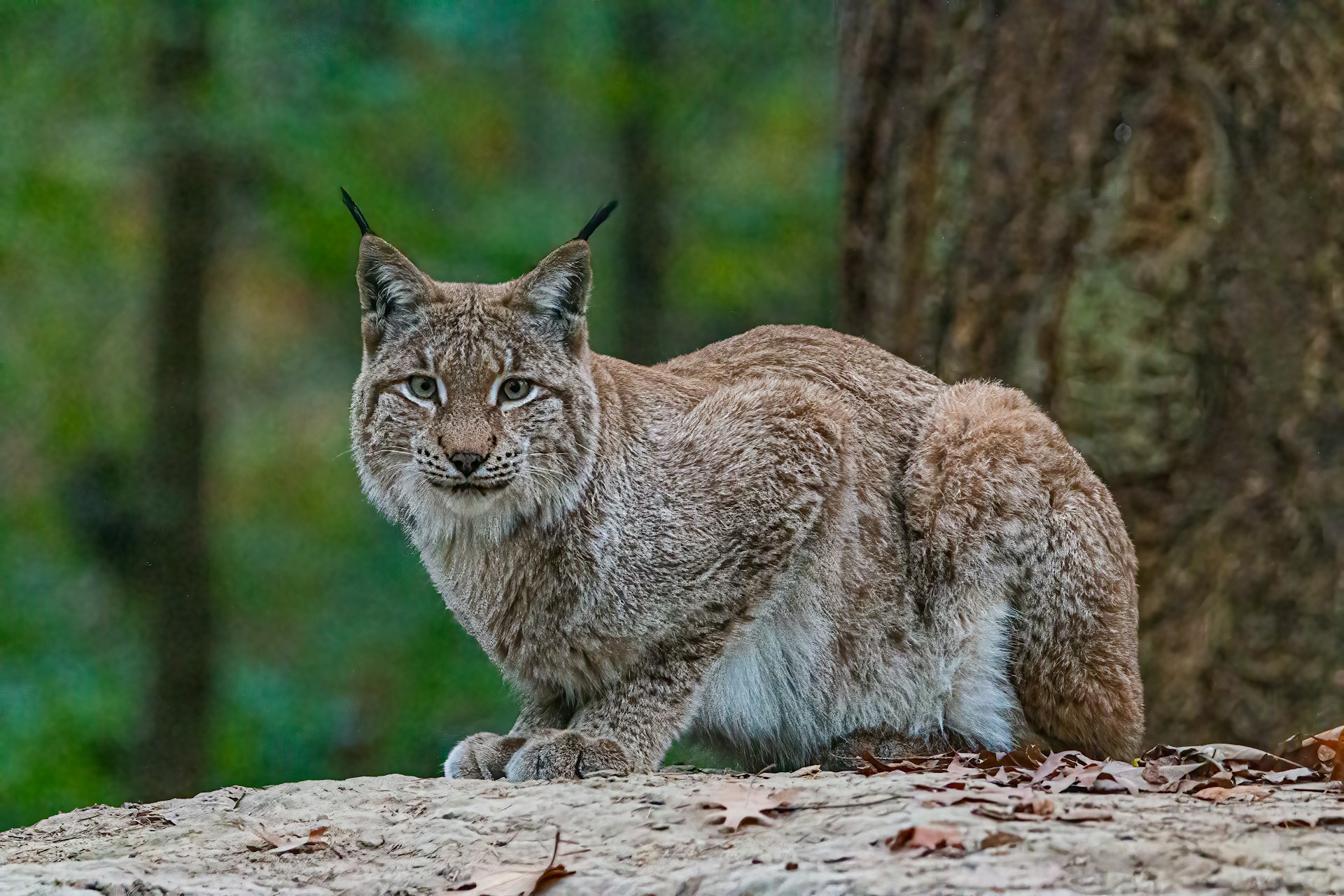
The elusive Eurasian lynx is an iconic creature in the Czech Republic, resembling a domestic cat but larger, weighing up to 30 pounds. Inhabiting deep forests, this cat is dangerous due to its sharp claws and teeth, being highly territorial. While their diet includes lizards, snakes, mice, and rodents, lynxes typically avoid attacking humans unless provoked. In case of an attack, seeking medical attention is crucial due to the potential transmission of bacteria, pathogens, and other harmful elements.
Brown Bear
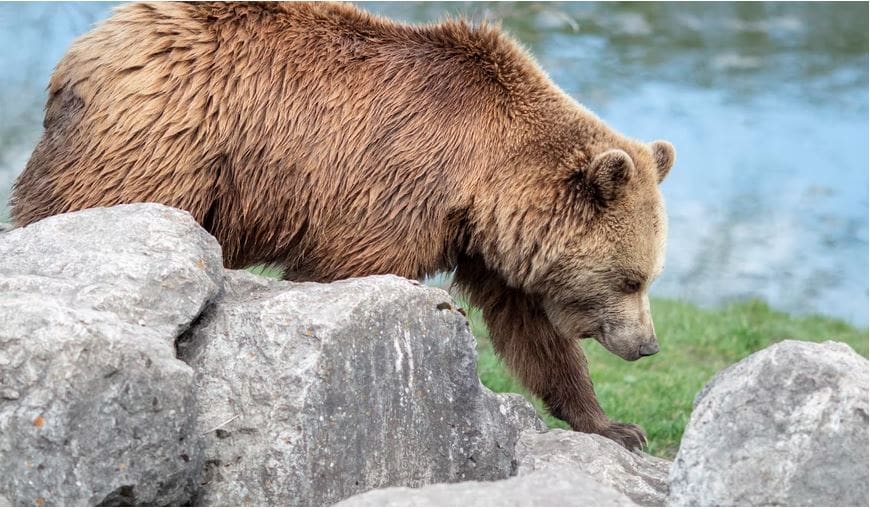
Brown bears, native to the dense forests of the Czech Republic, are among the most dangerous animals in the Czech Republic. Closely related to grizzly bears, they are the largest terrestrial carnivores, growing up to six feet tall and weighing a staggering 800 pounds. These bears are characterized by sharp claws and excellent vision, often seen at night while hunting for food. When exploring regions inhabited by brown bears, it is essential to have a tour guide for safety.
Horse-Leech
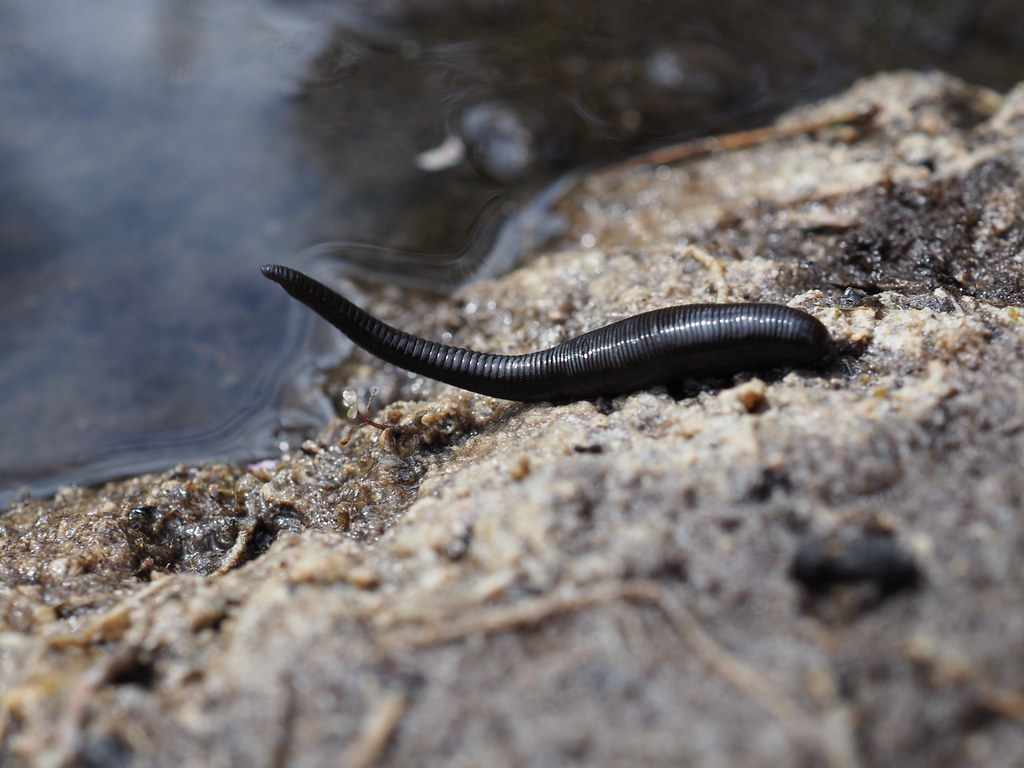
Not limited to large animals, the horse leech is one of the most dangerous animals found in the Czech Republic freshwater habitats. Common in rivers, ponds, ditches, lakes, and shallow wetlands, these leeches attach themselves to hosts, sucking blood and exchanging pathogens. Proper dressing is crucial when exploring these areas to avoid leech attacks and potential infections leading to organ failure or death.
European Adder
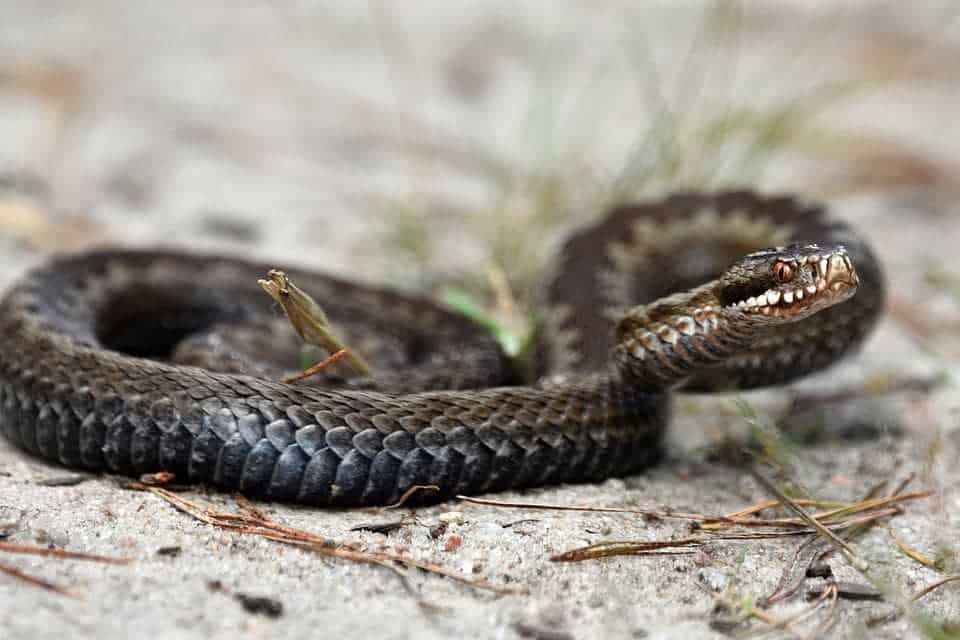
The European adder, also known as the European viper or common adder, is one of the highly dangerous animals in the Czech Republic. Known for its fatal venom, the adder releases it when provoked, leading to paralysis of the central nervous system and potentially death. Symptoms of venom exposure include shallow breathing, hallucinations, lowered heart rate, and respiratory failure. Individuals highly allergic to the venom should stay away from these creatures.
European Hedgehog

The European hedgehog, native to Western Europe, can be found in various habitats, including forests, human settlements, and grassland areas in the Czech Republic. While primarily insectivores, hungry hedgehogs may attack others when searching for food. With sharp claws, these animals carry numerous bacteria and pathogens known to cause dangerous diseases and infections in humans. Keeping a safe distance when encountering them is essential.
In conclusion, exploring the Czech Republic provides a unique opportunity to witness diverse European habitats. From land to water, various animal species thrive in these environments. Prioritizing safety during travel is crucial to enjoy these destinations responsibly.
_______________
Learn more about the dangerous animals in the neighboring countries:


